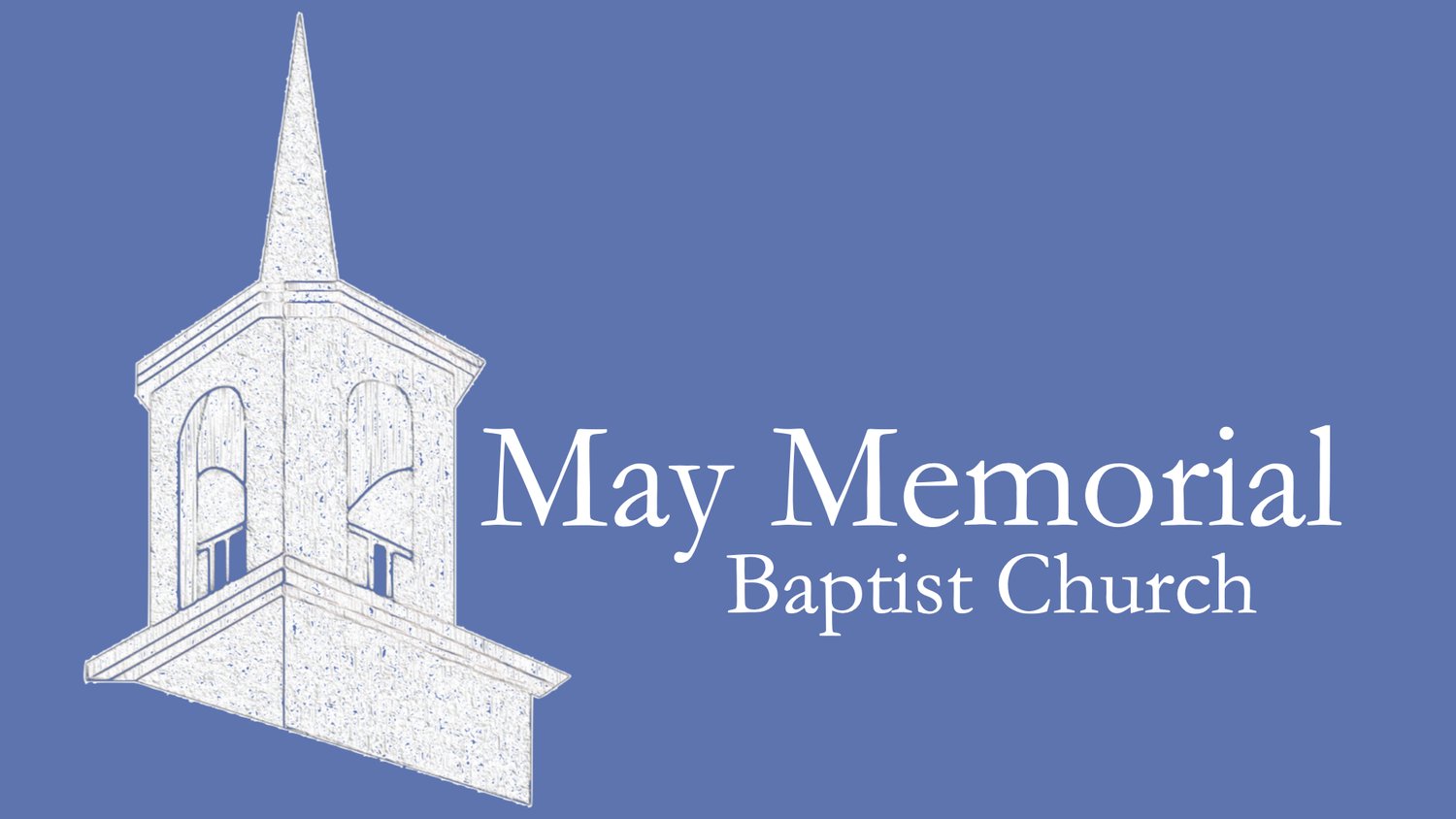I pass a house on the way from my home to the church where the family who loves there always places seasonal decorations in their front yard. At Christmas it is what you would expect: greenery, wreaths, and red bows. At Valentines there was hearts of red and pink. At St. Patrick’s there was glittering green clovers, and now it is decorated again. It looks like an explosion of springtime. There are eggs, pastel bunnies, and colorful tulips. It reminds me of my daughter’s spring preschool pictures, which on some years would include a real-live bunny. Those photos, on a cuteness scale of 1-10, were a strong 11.
I loved those pictures, and I love the springtime decorations I see in yards, because the season of the year that they signal. The colors, flowers, and even the bunny rabbits indicates that our winter has come to an end and new life is being born. I love springtime. To see the greening of the earth, the flowering trees and bushes, even the dusty coat of pollen brings me joy in anticipation of warmer weather, longer days, and summer vacation. I also love Easter Egg hunts. This Sunday morning the deacons have planned a wonderful Easter Egg Hunt, and we will watch our children with their baskets in their hand and smiles on their faces as they search for the sugary treats hidden in the church yard. This reminds me that springtime is here.
What our culture celebrates this time of the year at the vernal equinox as the earth’s northern hemisphere tilts closer to the sun is a natural occurrence. Daylight is no longer outmatched by darkness. The sun has more time to warm the earth. Sap rises in the trees, buds appear, flowers bloom, and all of God’s creatures experience a lift in spirits. The earth is fertile, eggs are everywhere, and animals begin to multiply—rabbits being the most proficient at this natural process.
Most people don’t realize that Christians face the same danger at “Easter” as we face at Christmas—that our faithful celebration of Christ’s resurrection may be overshadowed or “tacked on” to our culture’s celebration of something else. Even the word “Easter” is a term that came into English from a pagan Germanic goddess named Eostre. It is easy in this cultural celebration to simply take Christian’s resurrection story and syncretize it with the bunnies, the eggs, the flowers, and springtime.
But remember, while the greening of the earth is a natural event that we know is coming year after year, the story of God’s resurrection in the world is a totally unnatural event. A human body is not like a bulb—when it is planted in the ground it is not natural for it to spring forth from the earth—and that is what we celebrate in the Church. An unnatural truth in which God intercedes in our world to break all natural law in order to bring us new life.
So please bear with me as I call “the first Sunday after the first full moon after the vernal equinox” Resurrection Sunday and not Easter. It is a day of unnatural occurrences, of a story that makes no natural sense, a story that is due only to the fact of God’s miraculous involvement in the world.
